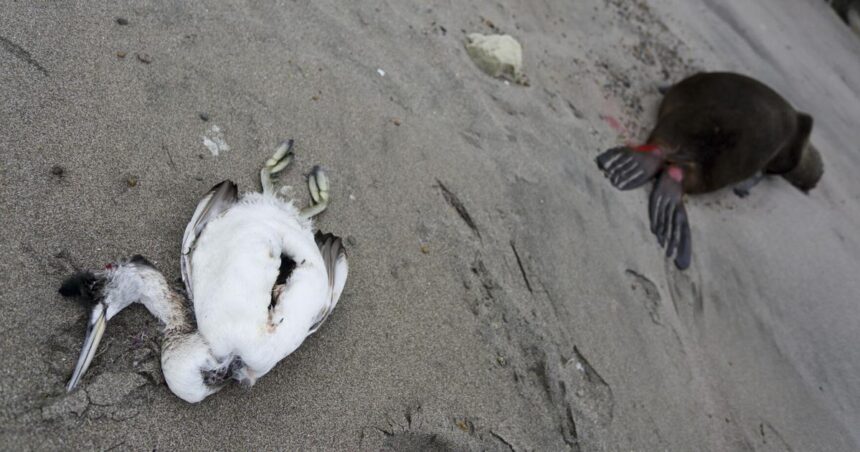During the last two years, bird flu has caused the deaths of millions of birds, both wild and domestic, globally. It has also impacted various marine and land animals, yet its effects on humans have been minimal.
Scientists are intrigued by the disparity in the impact of the virus on different species, attributing it to factors such as infection mechanisms and cellular receptivity to flu viruses. The uncertainty lies in whether this situation will change in the future.
Experts acknowledge the historical association of bird flu strains with major human pandemics and are cautiously monitoring the current situation. While the likelihood of the virus evolving into a severe global contagion seems low, preparations are underway just in case the situation worsens.
The current strain of bird flu, known as H5N1, has mainly affected animals but has caused a few human infections. Despite concerns over its potential to mutate and spread more easily among humans, health officials are taking preventative measures to mitigate any potential risks.
Research indicates that the virus can have severe consequences in certain animal species like cats, while others like cows have shown greater resilience. Understanding the transmission routes and susceptibility factors is crucial in preventing further outbreaks.
The presence of bird flu-friendly receptors in certain animal tissues raises concerns about potential infections in humans, especially those in close contact with infected animals. Scientists emphasize the need for proactive measures and vigilance to prevent a possible future pandemic.





